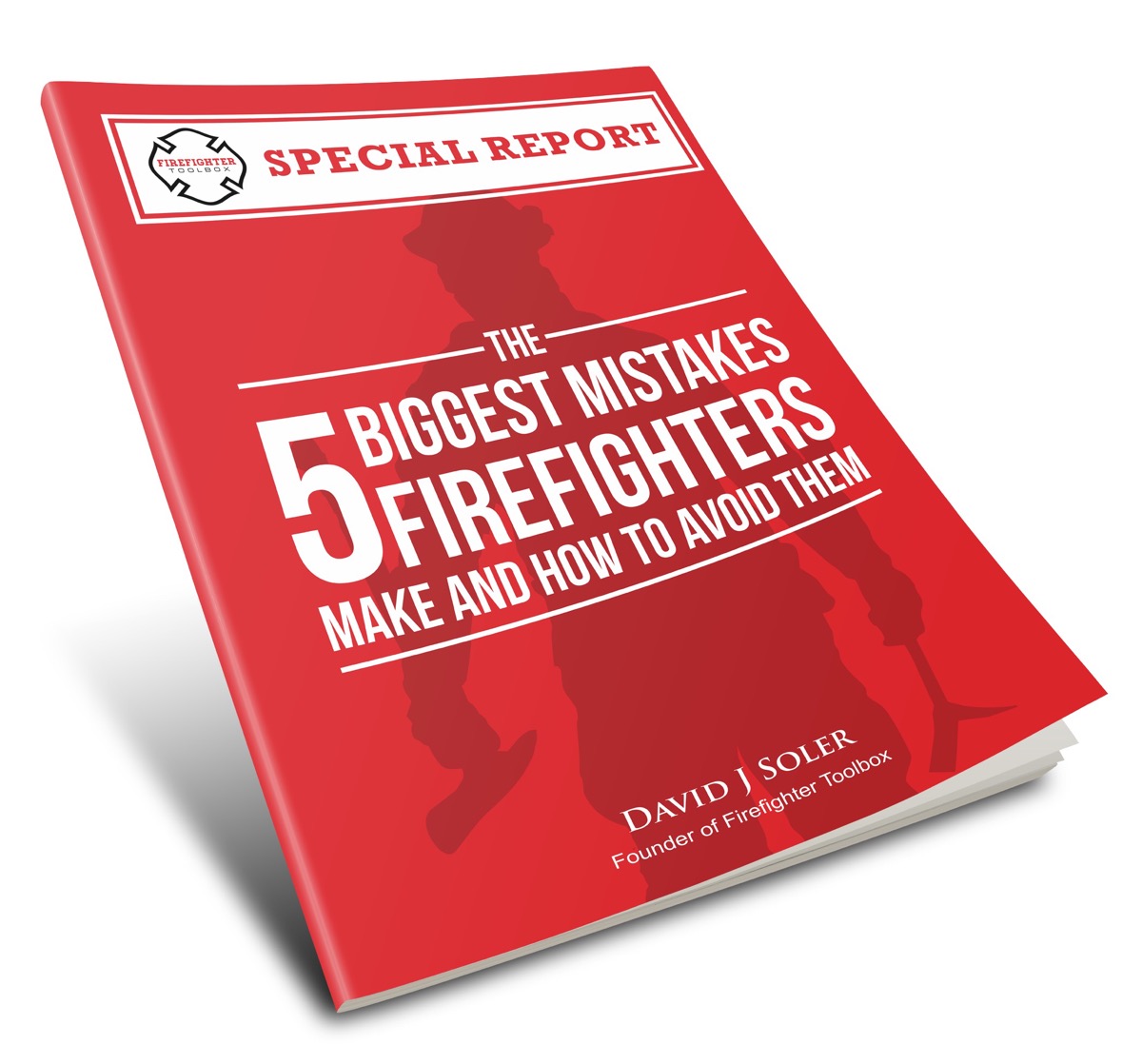The Engine’s Primary Mission: Initial Attack Line Selection
Now that we have decided which mode of attack is appropriate and what our needed fire flow should be we can now select the appropriate size attack line.
Top 3 Factors For Selecting The Best Hose Line:
1. Fire Flow Necessity and the Conditions We Face:
As firefighters we are creatures of habit. Although we respond to different types and size of fires we usually handle 90% of the fires we respond to in a very routine and repetitive fashion which can lead to trouble.
As stated in my previous article (Engine Co Primary Mission: Fire Flow Needs) line selection at the scene of a fire should not be based on habit or comfort. It should be based on choosing the appropriate size attack line to apply the needed fire flow based on the fire conditions we are confronted with.
The question we must ask is whether or not the first attack line selected to make an offensive interior attack will protect firefighters and trapped occupants; while also supplying a flow rate capable of rapidly knocking down a worst-case fire progression scenario and instantly interrupting the fire’s progression to flashover.
NFPA 1710, 2010 edition establishes a flow rate of 300 GPM from the first (2) hand lines, each of which should flow a minimum of 100 GPM. Other research and testing has established a minimum of 150 to 180 GPM from any single hose line as the flow rate for fire attack in today’s modern fire environment.
2. The flow options available to you based on the hose and nozzle configuration on your engine:
- Size and flow capabilities of the attack lines.
- There intended purpose, 1 ¾ interior vs.2 ½ exterior.
- Attack line length, how far away is the engine from the fire?
- Attack line location, engines position, pull past or stop short?
- Nozzle and stream capabilities: penetration, reach and GPM
- Do we have a hydrant or are we operating off the tank?
3. Information Gathered at Size Up:
- Type of occupancy: residential 1 ¾ line or commercial 2 ½ line?
- Height and size of structure: how many floors? square footage?
- Location of the fire: attic, basement, front or rear?
- Extent or size of the fire: one room or fully involved?
- Order of arrival, 1st due fire attack, 2nd due backup
- Mode of attack: offense interior or defense exterior?
- Where are we operating on, the fire building or exposure?
In my next article we will talk about the where why and how of line placement.
Until then stay safe and train often. Be ready for the day you are called upon.











Water supply is something I do consider also. If I do not have a hydrant or we are doing a shuffle operation can effect what choice of lines we can use